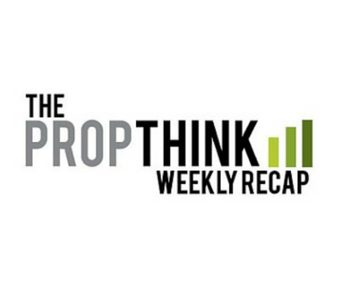November is approaching, and the AASLD’s Liver Meeting conference the second week of the month, attracting a bevy of investors this year. The liver has become a HOT target in biotech (recall Intercept (ICPT), which shot up 450% in January), and the buzz around this annual conference is louder than ever on Wall St.
Arrowhead Research, a developer of RNAi-based therapeutics, will be center-stage for many small-cap biotech investors. The company presented on Friday at BioCentury’s Newsmakers in the Biotech Industry conference, and a few updates piqued our interest. Already known: initial data for lead drug candidate, ARC-520, in chronic hepatitis B will be presented at or around the conference. Still unknown: exactly what investors will get to see.
On Friday, Arrowhead confirmed that ARC-520 has been well-tolerated at up to 4mg/kg in healthy patients. This surfaced last week in a note from RBC’s Michael Yee following conversations with management, and is not a major surprise. Additionally, the company confirmed on Friday that it has unblinded results for two doses of ARC-520 in an ongoing phase 2a study (1mg/kg and 2 mg/kg cohorts), and has submitted a late-breaking abstract for the conference, presumably including data for both cohorts. Most importantly, dosing of ARC-520 at 3 mk/kg is almost complete; it’s this investors will be watching most closely. It’s still not clear exactly when the company will release these results, but guidance is for results at or around the conference. For more takeaways from Friday’s event, read [free]: “Latest Must-Knows for Arrowhead Research.”
Conatus Pharmaceuticals (CNAT), a micro-cap developer of treatments for liver diseases, fell out of favor in the second half of the year, in large-part due to development delays with emricasan, the company’s lead asset. Emricasan has a storied history. Acquired by Pfizer (PFE) in 2005 under the umbrella of Idun Pharma, the larger company dropped development just a few years later when inflammatory infiltrates were observed pre-clinically. Emricasan’s original developers and former Idun execs founded Conatus in the interim, reacquiring emricasan from Pfizer in 2010. After extensive testing, the infiltrate issue appears to have been put to rest, and mid-stage studies in NASH are ongoing.
This week we revisited Conatus, explaining why the stock fell out of bed in the second half and again outlining our research on this minuscule – but interesting – Intercept me-too.
Shares of Cempra, Inc. (CEMP) got a bump in Friday trading after the company announced that enrollment in the phase 3 SOLITAIRE-Oral trial, testing the antibiotic solithromycin in bacterial pneumonia, had completed faster than anticipated. That puts a top-line readout for the phase 3 early next year. Catch up on PropThink’s research into the latest development-stage antibiotics, including Cempra and Cubist (CBST), in our previous articles. Antibiotics, though not a sexy space, are a pressing issue globally – there’s reason to believe this under-followed landscape will come into stark focus over the coming years.
Join us. Learn to trade, research, and invest in biotech stocks with PropThink Premium.
Click here
Following a teleconference with the FDA, AcelRx Pharmaceuticals (ACRX) says that a resubmission of its Zalviso New Drug Application won’t occur until the first quarter of 2015 (if not later) and is now guiding for a Class 2 resubmission and 6-month turnaround. That puts a potential approval decision for the Zalviso System in late 2015. The company received a Complete Response Letter in July. The market punished the stock (down 20% in the session) as another approval decision won’t occur before late-2015, and ACRX may need to raise capital in the interim. When ACRX received the CRL in July, we explained why we would be cautious about the company’s then-optimistic timelines and outlined why there was a good chance the company would need to raise capital prior to the next PDUFA decision. The company ended the second quarter with $92.3 million in cash/equivalents and expects to finish 2014 with $65 million. With operational expenses of $50 million in 2014 and increasing R&D costs to get Zalviso over the finish line, it’s going to be close. We would not be surprised to see a financing in the next 6 months. Continue reading “Over-Optimism Comes Back to Bite AcelRx Following FDA Meeting.”



